STL341: Catching up with Chris Gochnour
Mike and Amanda chat with Chris about his recent work and go through a list of questions we specially curated, just for him.From Mike:
I have done only minimal hand tool woodworking until the past year. Now that I have gotten some experience I love working with hand tools and am looking to round out my backsaw collection. I was reading up on carcass and tenon saws recently and heard a well known and well respected authority on hand saws say that there is no difference in the cutting ability or quality of cut between a rip filed saw and a cross-cut pattern if the TIP is 10 or higher. I’m curious what your thoughts and experience are on this. Is there any particular advantage to keeping those finer saws all rip patterned?
From Damon:
My understanding is that the conventional wisdom is for hand tool users to have lower workbenches than power tool users, and that hand planing is a primary reason for that recommendation. Stanley and Lie Nielsen planes both have forward leaning handles which seem to favor a lower bench, but I use primarily Veritas bench planes. Do the more upright handles of the Veritas planes favor a higher bench?
I’m 6’3” and my current bench is 34” tall.
From Max:
I recently purchased my first block plane, the Lie-Nielsen Rabbet Block Pane, because I thought this would be a great multi use tool; capable of trimming tenon shoulders and faces as well as doing all the tasks a normal block plane could handle. I also purchased a shoulder plane soon after that, thinking it would be another great tool for the arsenal.
I now am interested in the regular 60-1/2 adjustable mouth block plane (particularly for its use as a kumiko strip thicknesser), and am worried I may have impulsively purchased the wrong block plane. So my question is this- Is it good to have both a rabbet block plane and shoulder plane, and/or both block planes? And does the rabbet block plane do things that the shoulder plane can’t?
From Al:
I know Mike uses fumed oak in his work and I saw Ben’s video when he was experimenting with the fuming, which motivated me to do some experiment of my own. My experiment wasn’t as elaborate as yours, it involved some red oak purchased from Lowe’s, some janitorial strength Ammonia from Ace Hardware and a plastic container. But even with the red oak, I was surprised, after 24 hours I got such a deep dark brown color. I attached a picture of my test pieces. So I decided to make a small tea box with red oak from the same source and use my fuming process for finishing. I placed my box in my fuming container and after about an hour went to check the box and move it to a different place, while moving the box I got careless and an edge of one of the boards got wet with the ammonia, I removed the board from the container and wiped it off and let it dry, at first I thought the edge is darker because it’s wet, but after an hour it was clear that the color had changed. Rather than living with my mistake, I decided to wet the entire box with ammonia and place it in the fuming container, after about 6 hours I got my expected result. I attached two pictures with different lighting.
How come I got this dark color from red oak? Everywhere I searched they mentioned that red oak doesn’t have enough Tannin to produce dark colors, I repeated the experiment with different pieces of red oak and more or less got the same result. Surely, I am not the first person that let ammonia actually touch the wood rather than fuming. What stops the experts from painting, spraying or dipping the wood in the ammonia. I am sure there is a good reason that I am not aware of?

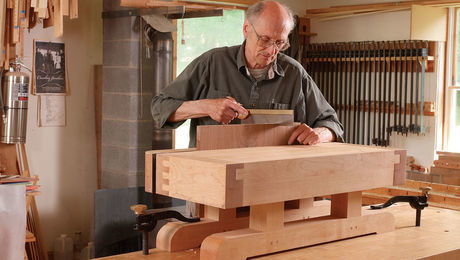
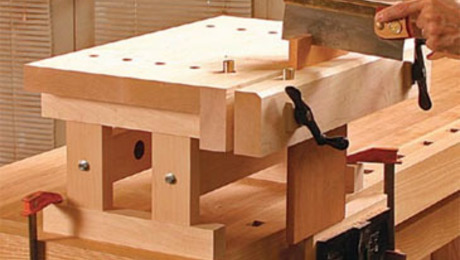
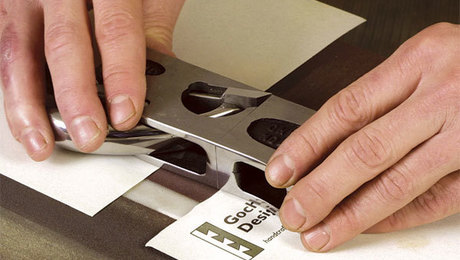
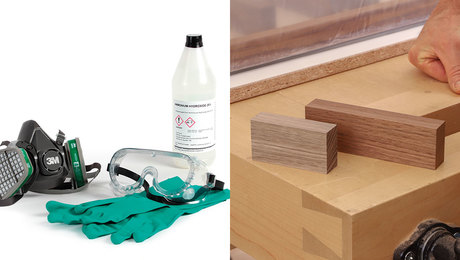
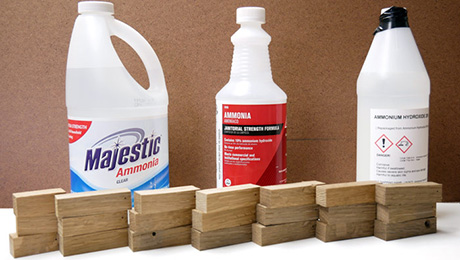


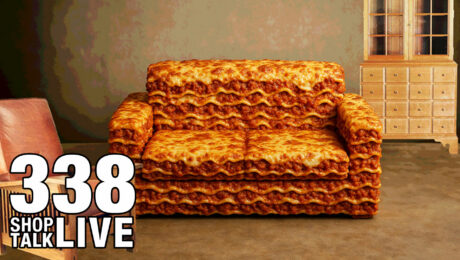



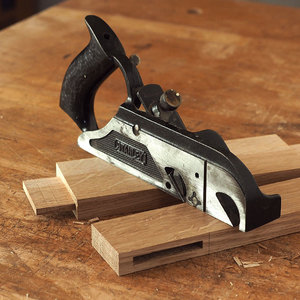

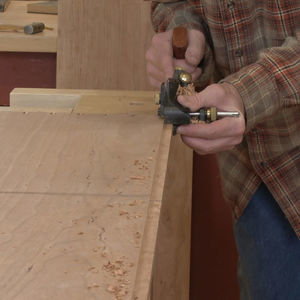









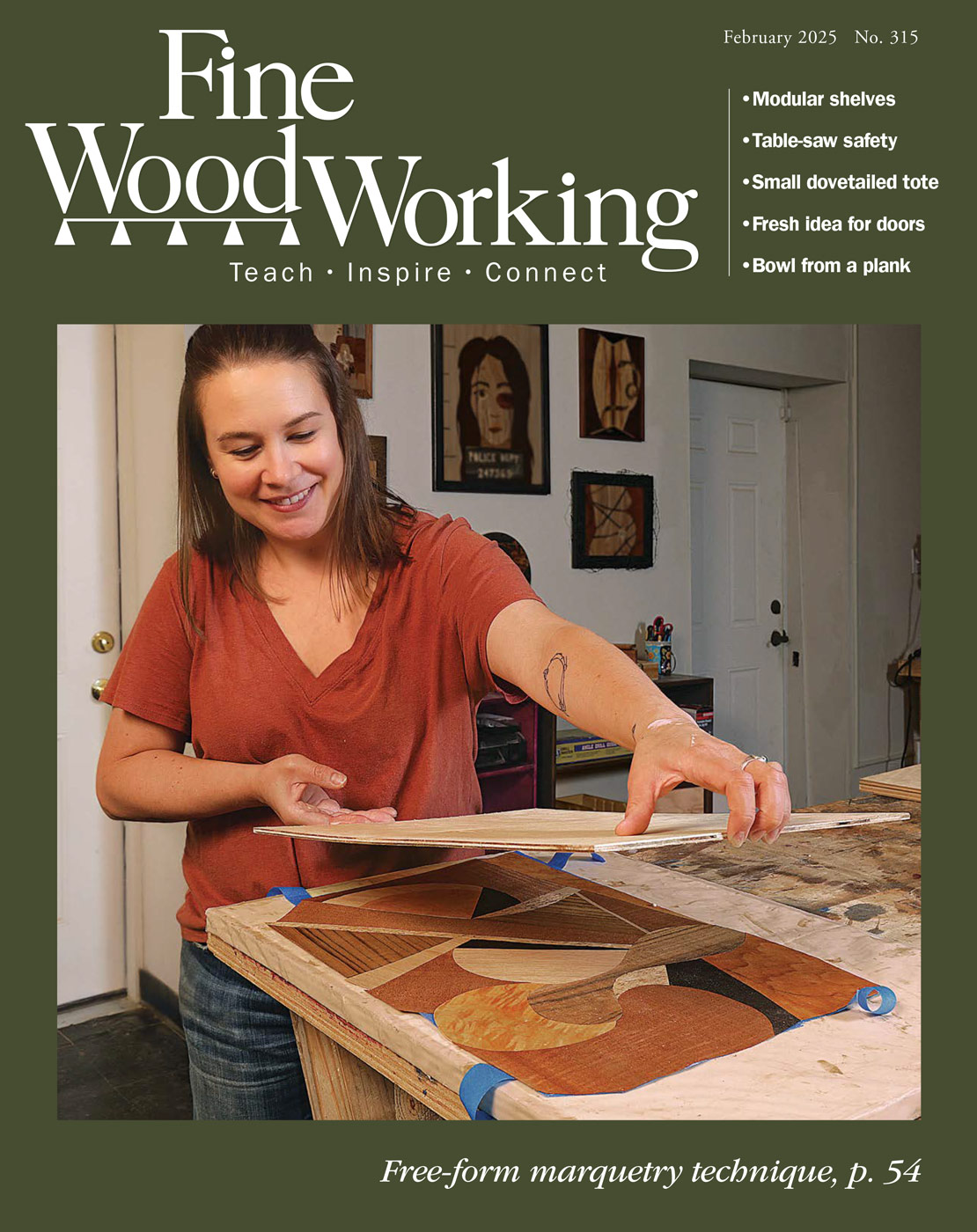

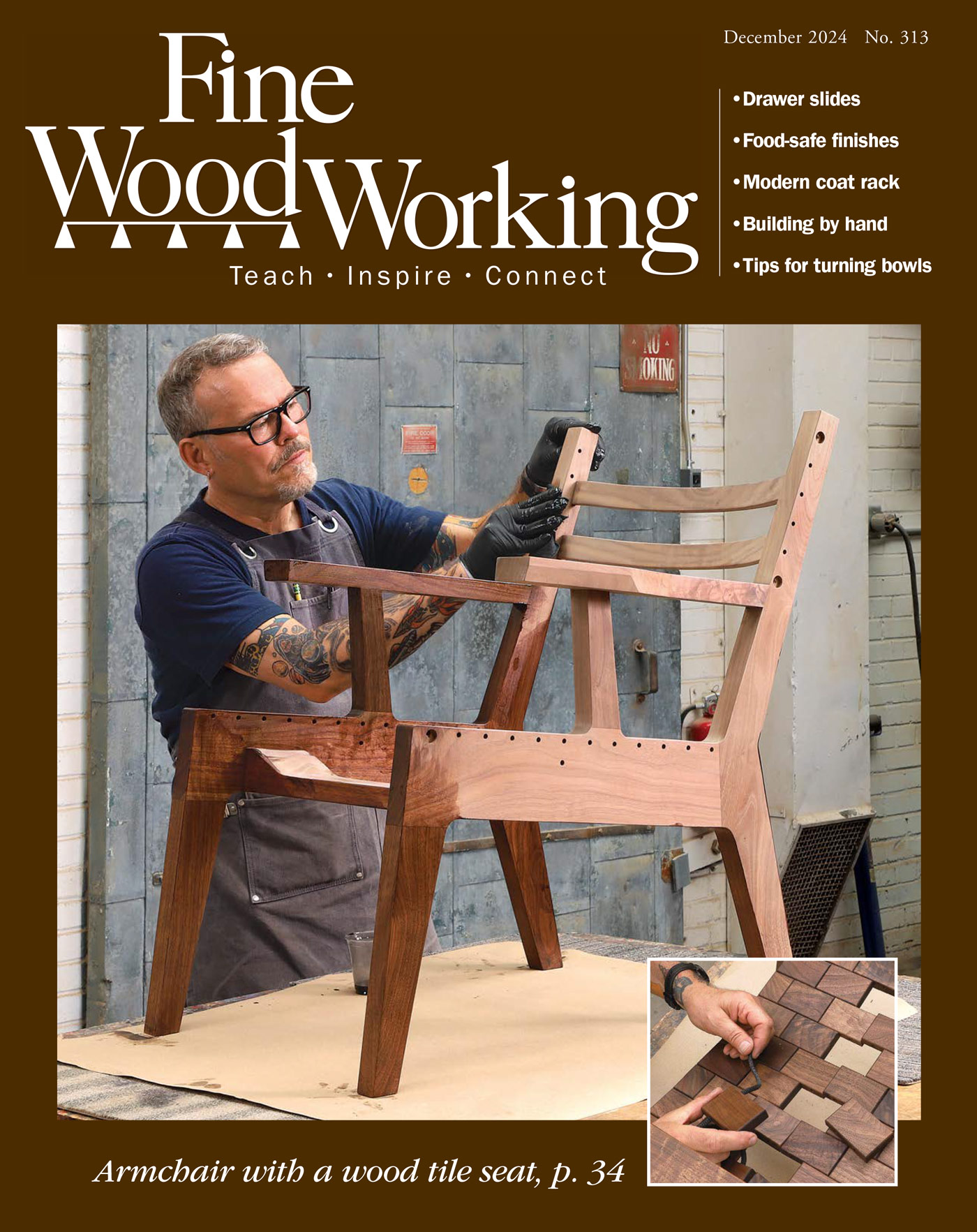
Log in or create an account to post a comment.
Sign up Log in